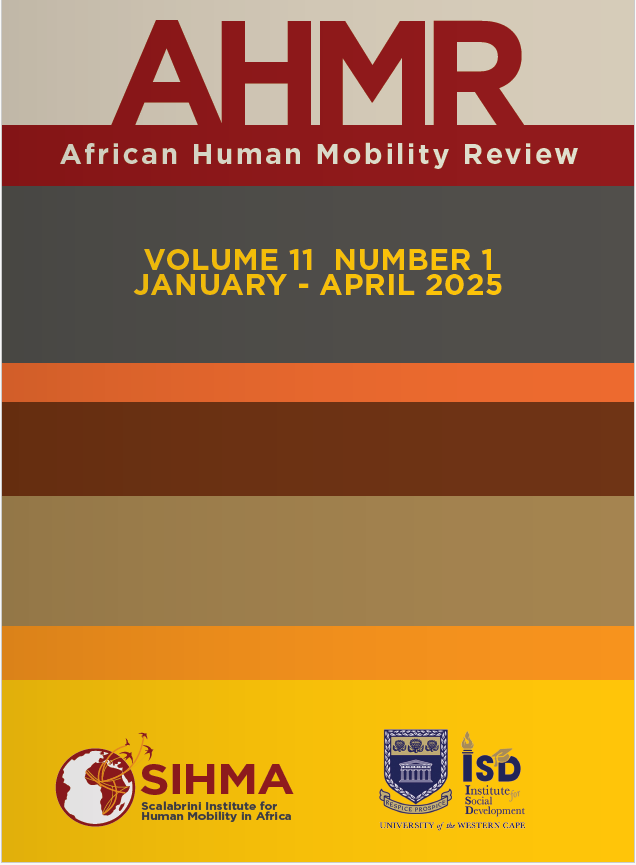Curate’s egg: Effects of Parental Migration on Well-being of Zimbabwean Children Left Behind
Main Article Content
Abstract
Zimbabwe has a long history of labor migration to Global North nations such as Britain and the United States of America, as well as to several Global South countries like South Africa and Botswana. This migration has seen a surge in remittances, spurring the crafting of policies and strategies to tap into this economic window for national development. While parental migration may be bringing economic relief to the nation and households left behind, it has often been associated with numerous challenges,
particularly in the well-being of children left behind. In exploring challenges faced by children whose parents live and work abroad, a growing body of literature has emerged. This study reviews studies carried out in Zimbabwe on the effects of parental migration on the well-being of children left behind. It used a systematic literature review (SLR) methodology for primary studies deposited in three electronic libraries and downloaded by 31 December 2023. The purpose of the SLR is to develop a basis for empirical research, since this is a new study area in the country. It is anticipated that the study will contribute to the discourse on parental migration and its effects on development and nurturance practices of children left behind. Overall, the study asserts that there are both positive and negative effects of parental migration on children left behind; hence, the phenomenon is regarded as a curate’s egg.
Metrics
Article Details

This work is licensed under a Creative Commons Attribution 4.0 International License.
Articles and reviews in AHMR reflect the opinions of the contributors. AHMR allows the author/s to retain full copyright in their articles. This is an open access journal which means that all content is freely available without charge to the user or his/her institution. Articles are made available under a Creative Commons license (CC-BY-4.0). Authors who have published under a CC BY 4.0 licence may share and distribute their article on commercial and non-commercial websites and repositories of their choice. Users are allowed to read, download, copy, distribute, print, search, or link to the full texts of the articles, or use them for any other lawful purpose, without asking prior permission from the publisher or the author/s provided the author/s is correctly attributed. This is in accordance with the BOAI definition of open access.




